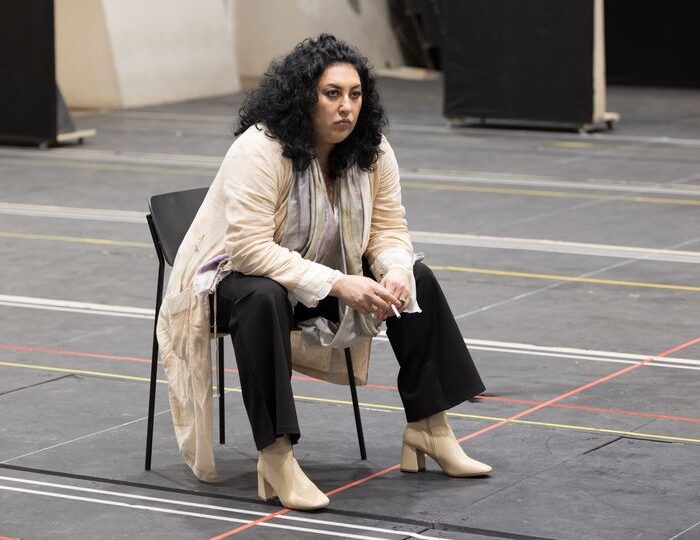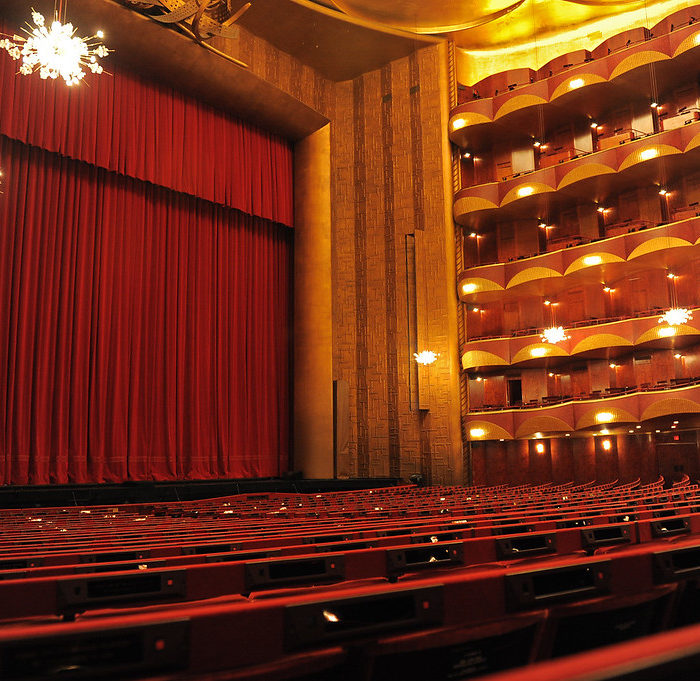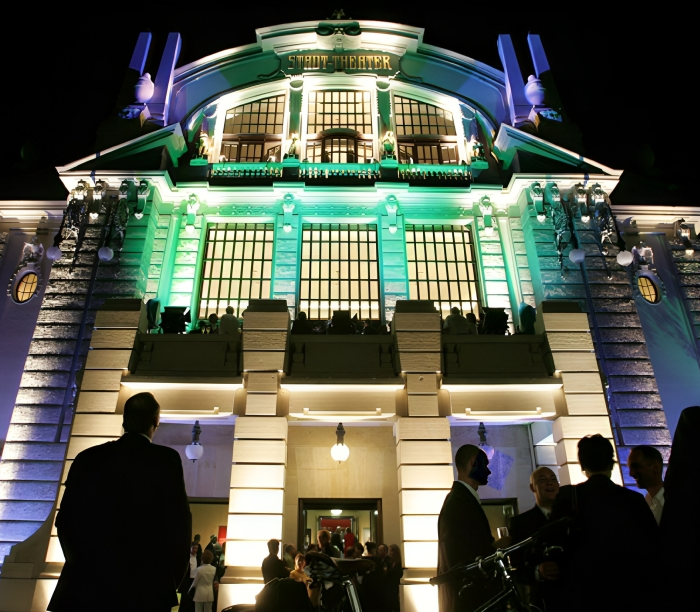
Opera Meets Film: The Genius of ‘Maria by Callas’ [Review]
By David Salazar“Opera Meets Film” is a feature dedicated to exploring the way that opera has been employed in cinema. We will select a section or a film in its entirety, highlighting the impact that utilizing the operatic form or sections from an opera can alter our perception of a film that we are viewing. This week’s installment features “Maria by Callas,” which had its New York Film Festival Premiere this past week. Please note that while maintaining the usual analytical approach we sustain with this section, this article will veer toward being a review of the film as well.
Has any opera star ever been bigger than Maria Callas? Despite what you might ultimately think about her artistry, there is no denying her legacy is one of the richest in the history of opera. A ton of ink has been spilled writing about her life and there have even been numerous films exploring this famed diva.
But Callas has always seemed an elusive figure. One that you can’t quite grasp, no matter how much you know about her.
Tom Volf’s film “Maria By Callas” attempts to demystify the famed artist herself, presenting her life in her own words, literally.
As it opens, Callas is interviewed about separating her personal and professional life, a challenge that she even admits is no easy feat.
“There are two people in me. There is Maria, but there is a Callas I have to live up to,” she says as the film initiates. The film seems intent on allowing us to see both sides in their own unique fascinating ways.
Maria, the personal, private, and vulnerable woman is given the floor through her own voice in interviews and her own memoirs (beautifully voiced by mezzo-soprano Joyce DiDonato) while Callas is given the chance to express herself the way she did best – through her art.
The film takes us on the journey nearly chronologically though it never intends to be an encyclopedic description of the great artist’s life. Volf just lets Callas tell her story and often fills it in with other interviews from the likes of Rudolf Bing, among others. Moreover, there isn’t a whole lot of new, never-before-released information in this movie that hasn’t been showcased in other media before. But that’s not the point. Sure, we hear Callas talk about her tumultuous love affair and friendship with Onassis and her distancing and disdain from her husband (the reveal of Onassis’ marriage to Jackie Kennedy is a heartbreaking use of visual and audio counterpoint). We hear her admit that she was willing to give up her career for Prince Charming and even her views that a woman’s place, first and foremost, is by her husband’s side. We hear talk about her disgust for the Metropolitan Opera’s practices as well as the fear of death she felt in Rome after her infamous cancelation of a performance of “Norma.” But these accounts aren’t presented with the intent to perpetuate gossip or controversy, but to allow us Maria’s own perspective to unfold. Callas the artist and goddess often led to Maria the woman being misinterpreted and judged; this film asks us to reconsider. And what the film ultimately does is remind us in the grand scheme of things, is that both Maria Callas, the woman AND divine artist both suffered tragically.
Featuring never-before-seen footage of performances, remastered and released footage of well-documented performances (the famed Royal Opera “Tosca” is shown here in full color), the viewer is taken on a musical journey as much as a biographical one as well. Callas’ singing plays under some of the narration, but Volf is also smart enough to just take a step back and let the singing take the stage at certain junctures. Watching and hearing the great diva interpret her famed “Casta Diva,” her arms folded across her chest in a way that both empowers her and makes her look vulnerable all the same is simply arresting and a reminder that even today, she is still the most compelling singing-actress to ever live. To see her perform “Vissi d’Arte” later on, in full color, only adds to this sense of exhilaration.
It is no less fascinating to hear instrumental excerpts and arrangements of famed opera passages take over the soundscape in the latter half of the film when the titular diva’s career is put on hold.
However, nothing is more powerful than the film’s ending. And it’s a move of pure genius by Volf and company.
MAJOR “SPOILER” ALERT
We are shown images of Callas in Palm Beach, the last ones of her alive. The narration has ceased for now, “La Mamma Morta” playing in the background. In pop culture, it is likely the most famous recording by Callas, its use in “Philadelphia” seared into the brain of anyone that has seen that film (though the recording used here is not the same version, but a private recording). And from the moment you start to hear it, and Callas closes with the words, “ I have written my memoirs. They are in the music I interpret, the only language I really know,” you know where the story is headed. And it’s heartbreaking. Don’t be surprised if your eyes aren’t swelling up with tears as the screen goes black, the soprano starts to sing “Io sono il dio che sovra il mondo” and the first title cards of the film reveal her death. And if that touch doesn’t make you bawl, then the ensuing title cards, which reveal to us that Callas was but 53 at the time of her death and was still rehearsing with intents of making a comeback (all accompanied by the climax of the aria), will.
At one juncture, the famed artist is shown trying to make her comeback. She thanks her faithful audience for its show of love and prepares to perform an aria that she acknowledges is dedicated to them – “O mio babbino caro.” We never hear the aria in that moment, leaving the viewer feeling a bit cheated. But the payoff comes in even better fashion at the end of the film. After the pain of enduring “La Mamma Morta,” Volf lifts the audience back up. Callas’ final words thank the audience before we see her, in her prime, singing the very Puccini aria we didn’t get to hear earlier.
This film is not only a technical marvel on a cinematic level, but also a poignant, human, and glorious work of art that only solidifies the artistic genius of opera’s greatest star.


